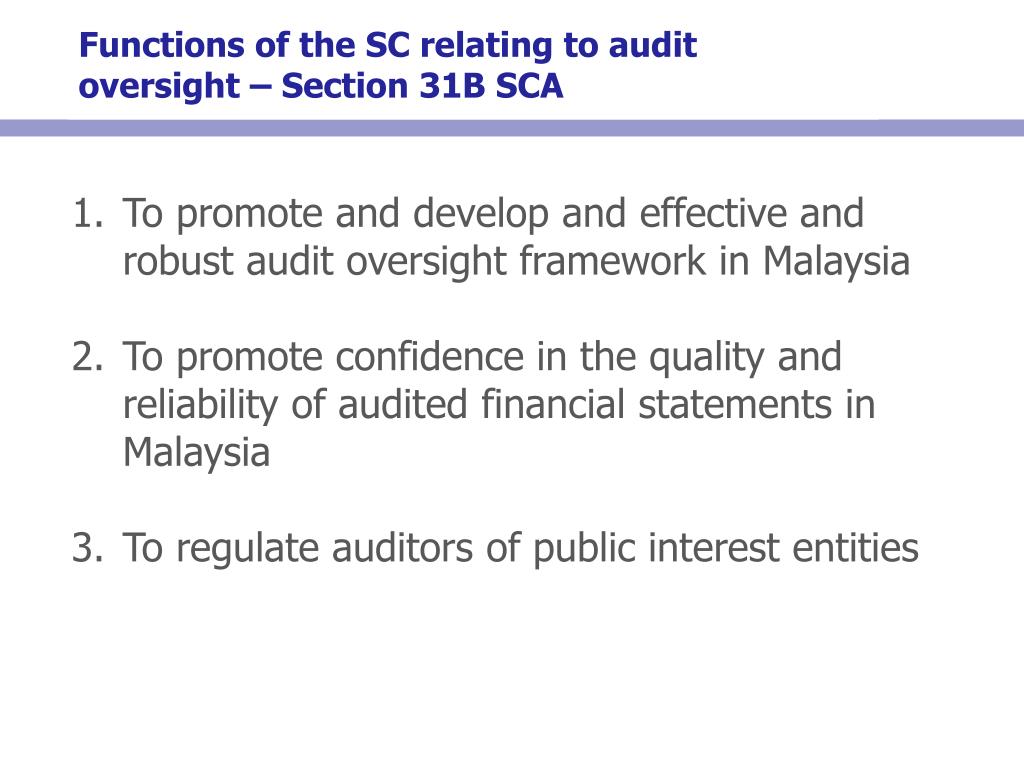

Some instances will require coordination to extend beyond the three lines of defense to include other external parties, such as external auditors, to enhance efficiency. Additionally, this coordination is necessary to avoid duplication of efforts while assuring management of significant risks. Senior management along with the board of directors should communicate the expectation that information be shared and activities be coordinated among each of the three lines to support overall effectiveness. The three lines should share the same objective: to help the organization achieve its objectives by the effective management of risk. These lines should be distinct with separate roles and responsibilities and reinforced through consistent “tone from the top.” Organizations should urge management to design a governance structure that is consistent with the model so that all three lines of defense exist, regardless of the organization’s size or complexity. In order to be effective, each organization should implement the model in way that is suitable for their industry, size, operating structure, and approach to risk management.

Structuring and Coordinating the Three Lines of Defense The main difference between this third line of defense and the first two lines is its high level of organizational independence and objectivity. They ultimately ensure independence and professionalism within the organization. Internal auditors accomplish their objectives by bringing a systematic approach to evaluating and improving the effectiveness of risk management, control, and governance processes. This group is an assurance function performed by the internal auditor function. The third line of defense provides assurance to senior management and the board that the first and second lines’ efforts are consistent with expectations.

Depending on the organization’s size and industry, the composition of the second line can vary significantly. Second-line functions may develop, implement, or modify internal control and risk processes of the organization. Essentially, this is a management and oversight function that owns aspects of the risk management process. The second line of defense is put in place to support senior management by bringing expertise and monitoring alongside the first line to ensure that risks and controls are properly managed. Second Line of Defense: Internal Monitoring and Oversight Functions.This group owns the risk and executes the corresponding controls to enhance the likelihood that the organization’s objectives are achieved. The first line of defense is handled by front-line and mid-line managers who have day-to-day ownership and management over risks and controls. First Line of Defense: Operational Management.When these three lines have been properly structured with no gaps in coverage, the organization has an increased probability of being effectively managed. The underlying premise of the model is that through the oversight of management and the board of directors, three lines of defense within the organization are required for effective management of risk and control. The model provides guidance for the implemented structure and the assigned roles and responsibilities of parties to increase the effective management of risk and control. The three lines of defense model enhances the understanding of risk management and control by clarifying roles and duties. The three lines of defense model addresses how specific duties related to risks and controls could be assigned and coordinated within an organization. In order for a group to understand their role in addressing these risks and controls, clear responsibilities must be defined. A key method of mitigating these risks is through the design and implementation of effective internal controls as outlined in the Committee of Sponsoring Organizations of the Treadway Commission’s (“COSO”) Internal Control – Integrated Framework. The organization may decide to accept some risks and mitigate others. These events or circumstances create risks that the organization must identify, analyze, define, and address. Each organization has objectives that it strives to achieve but with increasing frequency events or circumstances seem to appear which threaten the achievement of those objectives.


 0 kommentar(er)
0 kommentar(er)
